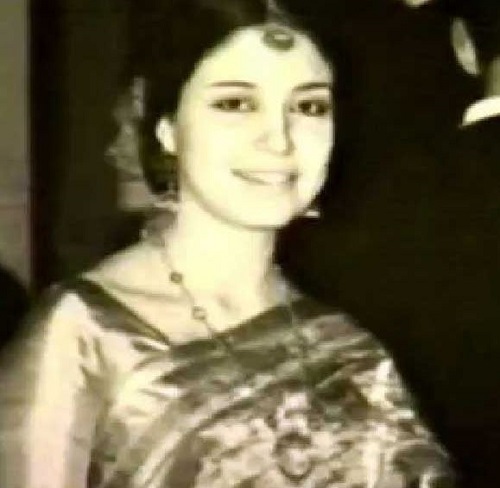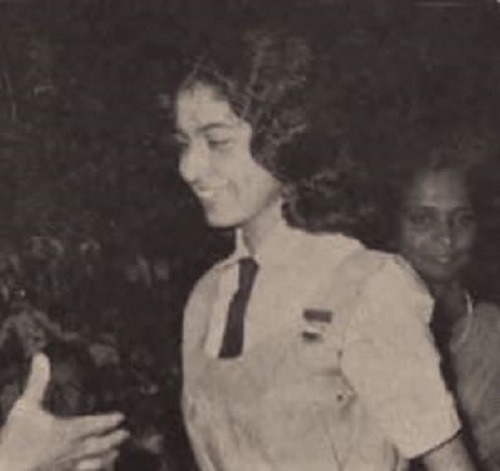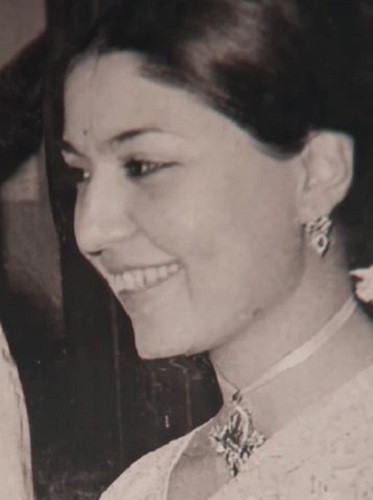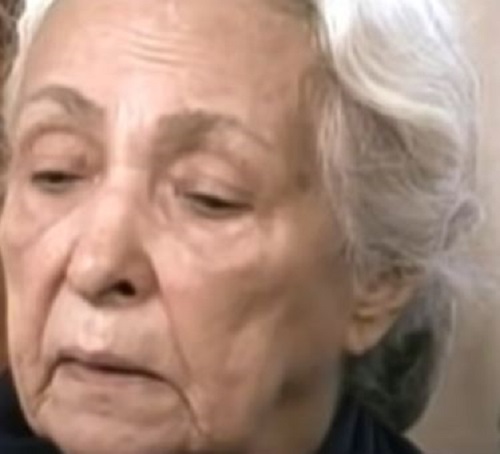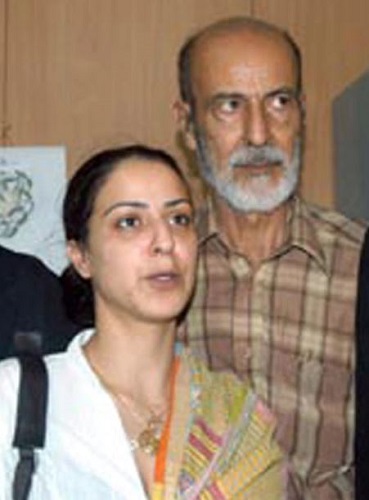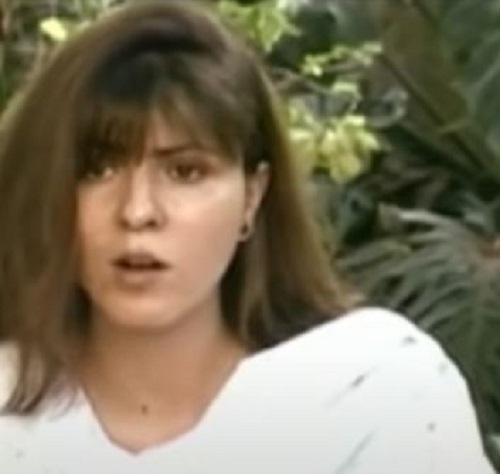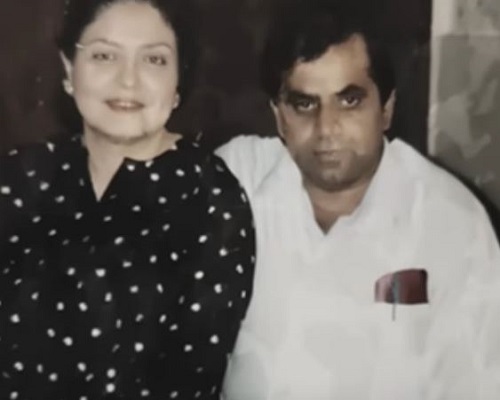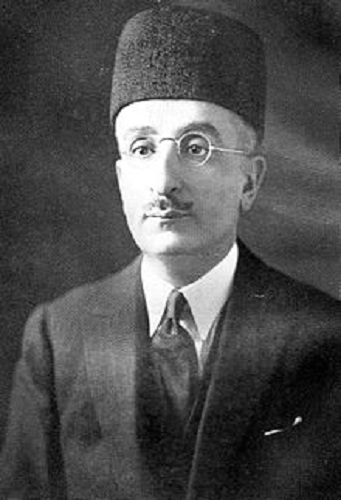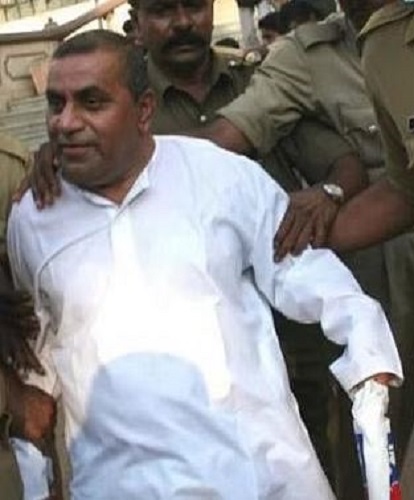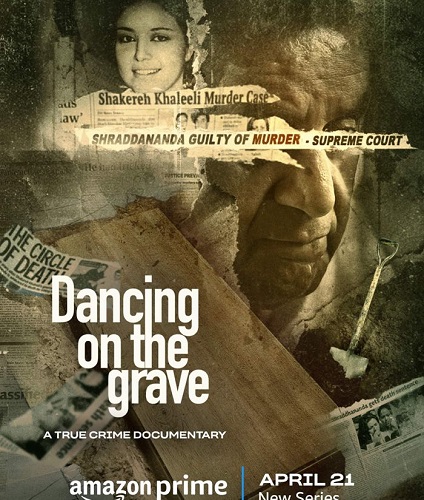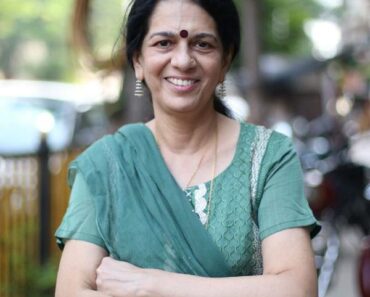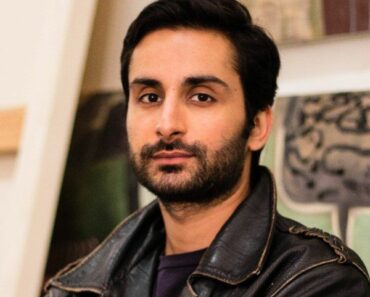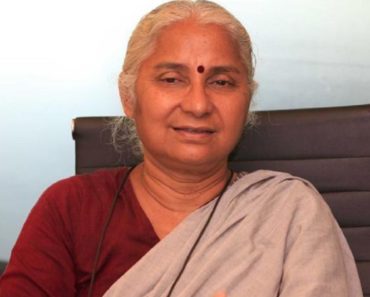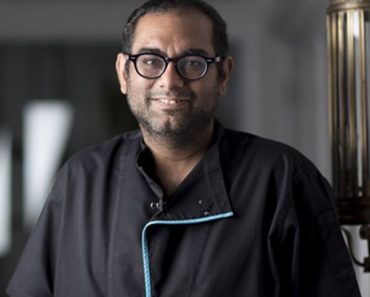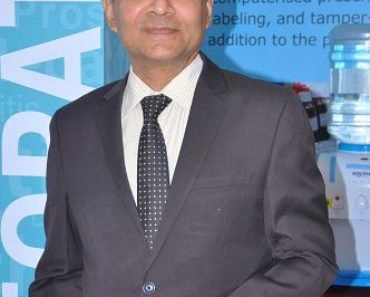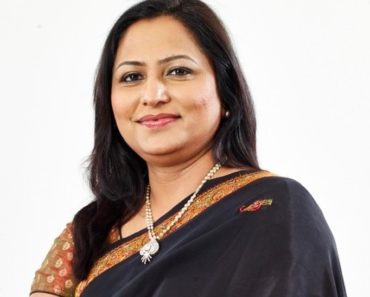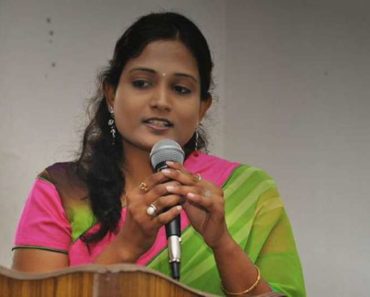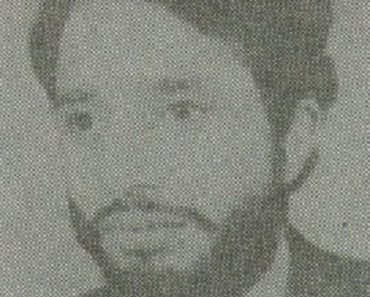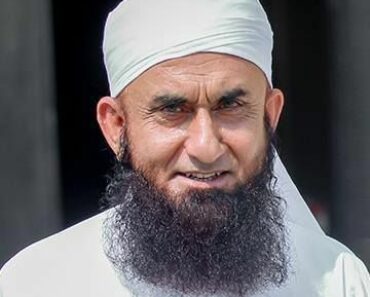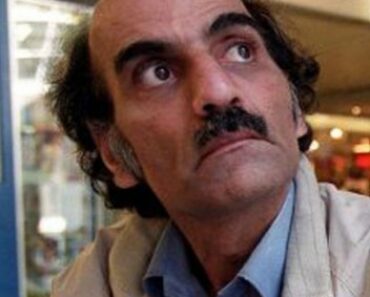Shakereh Khaleeli (1947-1991) was an Indian philanthropist and real estate developer. On 28 April 1991, after being drugged, she was buried alive in a coffin by her second husband Swami Shradhananda aka Murali Manohar Mishra. [1]The New Indian Express
Contents
Wiki/Biography
Shakereh Khaleeli was born as Shakereh Namazi also spelt as Shakereh Namazie [2]Hindustan Times on Wednesday, 27 August 1947 (age 43 years; at the time of death) in Allahabad, Uttar Pradesh. Her zodiac sign is Virgo. She did her schooling in Singapore.
Physical Appearance
Height (approx.): 5′ 5″
Hair Colour: Black
Eye Colour: Black
Family
She belonged to an Indian-Persian Muslim family, who resided in Singapore till 1990.
Parents & Siblings
Her father, Gulam Hussain Namazie, started Singapore’s first cinema hall named Capitol Theatre. Gulam Hussain Namazie was also an equestrian with a club named Turf Club. Her mother, Gauhar Taj Begum Namazie née Mirza, was the youngest daughter of Sir Mirza Ismail, who was the Diwan of Mysore, Jaipur, and Hyderabad. Her mother was a philanthropist and was associated with many social welfare organisations in Singapore. Shakereh’s elder brother, Mirza Karim Namazie, was a TV journalist.
Husband & Children
Akbar Mirza Khaleeli
At the age of 18, she got married to her first cousin Akbar Mirza Khaleeli from Madras. Akbar was the son of her mother’s sister Shah Taj Begum Khaleeli née Mirza. Shakereh’s husband Akbar was a sportsman and was considered South India’s best tennis player. In 1954, he joined the Indian Foreign Services.
In 1965, the couple had their first daughter Zeebundeh Khaleeli, who was born in Madras. A year later, the couple had their second daughter Sabah (model) in Delhi.
In 1969, their third daughter Rehane Yavar Dhala was born in Paris, and in 1972, their fourth daughter Begum Esmath Khaleeli Clark was born in Amman, Jordan. In 1976, Akbar served as the Chief of Protocol and Indian Ambassador to Iran. While Akbar was in Iran, Shakereh joined her great-grandfather’s construction business in India. Later, Shakereh insisted her husband Akbar to give her divorce, but when he refused to do so, she went to a mosque in Chennai and pronounced herself single. In 1984, Akbar agreed to divorce her.
Swami Shradhananda
In 1982, Shakereh and her first husband met a man named Murali Manohar Mishra (who had changed his name to Swami Shradhananda) in Bangalore. Shradhananda was born into a poor family. He was the son of a school teacher in Sagar, Madhya Pradesh. He escaped from his home after dropping out of school. He then learned the tantrik vidya and worked with a royal family of Rampur. During the police investigation, he said that Shakereh got married to him for a son. He said that he had promised her that with the tantrik powers, they could have a son. After getting a divorce from Akbar, Shakereh decided to get married to Shradhananda in April 1986. Her decision shocked her family members as she was from a royal family, and he belonged to a poor family. Gradually, Shradhananda started taking interest in her property and financial matters.
Other Relatives
Her grandfather, Sir Mirza Muhammad Ismail Amin-ul-Mulq, was an Indian statesman and police officer. He also served as the Diwan of Mysore, Jaipur, and Hyderabad. Her great-grandfather, Agha Aly Asker, was a Persian horse trader. He is also the founding father of the Persian diaspora.
Career
She started her career as a real estate developer. She looked after her great-grandfather’s property in Bangalore. She built a few properties for her family and then redeveloped her ancestral properties. She actively worked with various charitable organisations.
Death/Murder
Shakereh was killed by her second husband Swami Shradhananda on 28 April 1991. Apparently, Shradhananda
When Shakereh’s skeletal remains were recovered and the mattress was removed, one of her hands was found clutching the mattress which lay below her; this, along with other factors, supported the idea that she had been alive when buried.”
The skeleton was identified as Shakereh by her mother from a piece of jewellery which was on the skeleton. After Shradhananda admitted his crime, he was taken into judicial custody by the local police. The case was considered the first case in India to be recorded on video. Also, it was the first case in India in which DNA tests and video tapes were accepted as evidence. The case was considered one of the most heinous crimes in India. [3]The New Indian Express
Trial and Verdict in the Case
In 1997, the trial of the case started. On 21 May 2005, Shradhananda was sentenced to a capital punishment of hanging. The judgment was given by the civil and session judge B. S. Totad. The order reads,
From the facts and circumstances of the case, it is clear that the said murder has created such a fear in the minds of the family and in the community to live peacefully in society. There are no mitigating circumstances or factors to award a lesser punishment … having regard to the nature of the methodology in committing the murder for gain, it is a fit case for capital punishment.”
However, the jail authorities were directed by the judge that only after confirmation from the high court, the death sentence should be executed. On 12 September 2005, the judges of the high court S.R. Bannurmath and A.C. Kabbin confirmed the death sentence for Shradhananda. The order reads,
The accused had murdered his wife in a diabolical and well-planned scheme. As such, the death penalty imposed on him is liable to be confirmed. Anything less than a penalty of the greatest severity for any serious crime is thought to be a measure of tolerance that is unwarranted and unwise. The sessions court is justified in awarding the death penalty to the accused.”
On 18 February 2006, Shradhananda appealed to the Karnataka Government on a special leave petition (SLP) in which he questioned the death sentence given by the high court. However, his appeal was rejected, and on 22 July 2018, the Supreme Court of India, held a judgement of a life sentence for him.
Facts/Trivia
- Shakereh’s domestic workers once shared that to flatter Shakereh, Shradhananda used to sit near her feet and even after their marriage, he used to call her amma. At 10 every morning, he used to bring tea and newspaper for her in the bed. In an interview, the domestic workers said that Shradhananda used to often fight with her. In 1991, problems started arising among the couple when Shakereh started meeting her daughters. Reportedly, she even wrote to her banks to cancel Shradhananda’s name from the joint locker. This made Shradhananda upset as he thought that he would get nothing from her property.
- In 1991, Shradhananda floated a company named Shakereh Shradhananda (SS) Finance Ltd in which Shakereh was shown as an active partner.
- Shakereh’s daughter Sabah once shared that she bought a yellow saree for her mother unaware of the fact that her mother was murdered. Sabah said,
I bought my mother this saree, not realising that she was already dead by then. When I visited the house again some months later, one of the sarees ( the yellow chiffon) was hanging in her wardrobe, looking slightly soiled, and my card was on display. Swamiji said that he had given the package to my mother, who was in London but had brought the card back with him because he had liked the sentiments in them so much. She had used one of the two sarees and sent it back, and was still wearing the other one. Many of my mother’s good silk sarees appear to be missing. I saw a lady wearing what looked like one of my mother’s sarees at a wedding performed by Swamiji in Bombay some months ago. By then, I had started going to places that I had heard he would be in, just to try and find out more.”
- In 2023, a four-part documentary ‘Dancing on the Grave’ based on the murder of Shakereh, was released on Amazon Prime Video.
References
| ↑1, ↑3 | The New Indian Express |
|---|---|
| ↑2 | Hindustan Times |

